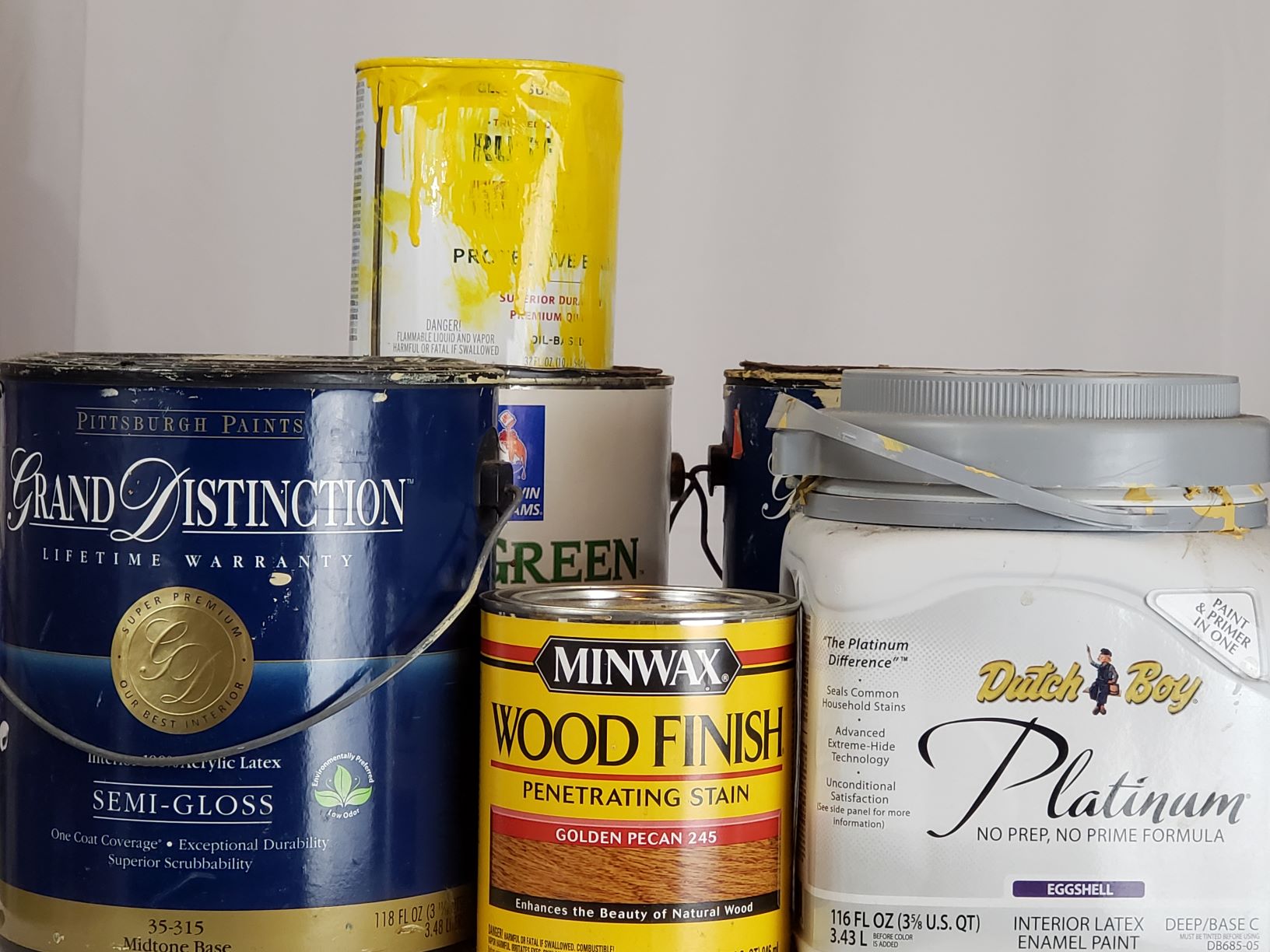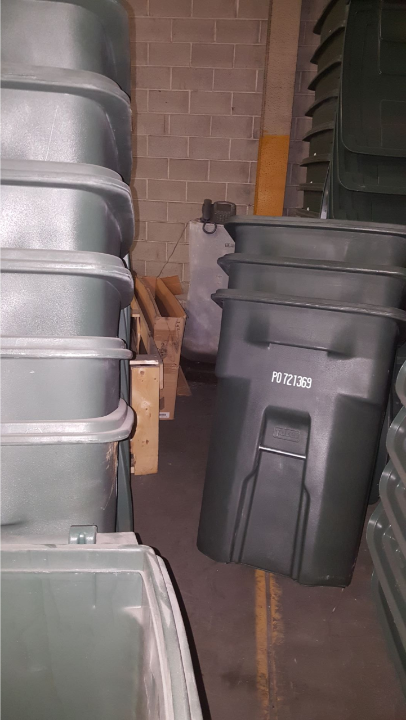It can be safely assumed that every residential, commercial, and residential structure in the US generates some kind of spent lamp or bulb during its operation. Disposal of these lamps or bulbs is regulated by both Federal USEPA and state authority under the Resource Conservation and Recovery Act (RCRA). Exactly how they are regulated depends on many factors and some options that are within your power to choose. If you wish to crush lamps as a means to reduce volume and save off-site disposal costs, you must take into consideration all of the applicable regulations and select your management options with care. This article will summarize the regulatory requirements and options for a facility that wishes to crush its spent or used lamps.
If your facility contains any of the following lamps you must take these RCRA regulations into consideration for their disposal:
- Fluorescent
- High Intensity Discharge (HID)
- Neon
- Sodium vapor
- Mercury vapor
- Metal halide
- Incandescent
- And more
Question #1: Are you a large quantity generator or a small quantity generator of hazardous waste and will the lamp be managed as a hazardous waste?
Many of the lamps listed above may exhibit the hazardous characteristic of Toxicity for either Lead (D008) or Mercury (D009). If this is the case you may choose to use the universal waste option (see #3) or you may manage them as a hazardous waste. The crushing of hazardous waste lamps as an LQG or SQG is a form of hazardous waste treatment as defined at 40 CFR 260.10 that requires a permit unless an exclusion from regulation is available. Two possible options for crushing hazardous waste lamps without a permit are:
- The use of a Drum-Top Crusher (DTC) if operated correctly on a container in a 90-day (if LQG) or 180-day (if SQG) accumulation area.
- Crushed lamps destined for recycling may – and that’s a big “may” – be eligible for the scrap metal exemption under RCRA. If so, the crushing is viewed as just another step in the exempt recycling process. Be sure to check with your lamp recycler to ensure they will accept them crushed.
Question #2: Are you a Conditionally Exempt Small Quantity Generator of hazardous waste?
A CESQG is exempt from compliance with the majority of RCRA regulations with which an LQG or SQG must comply [40 CFR 215.5(b)]. Therefore, a CESQG may dispose of its spent lamps in a municipal solid waste landfill with its regular trash and the crushing of lamps will not be an issue. This option will require further research since your state may not allow for disposal of hazardous lamps at a MSW landfill and the landfill may object for reasons of its own.
Question #3: Is the lamp a hazardous waste and will it be managed as a universal waste per 40 CFR 273? Hazardous waste generator status does not matter.
Since January of 2000 facilities have had the option to manage lamps that are a hazardous waste as a universal waste. The crushing of universal waste lamps is not expressly forbidden nor allowed by Federal USEPA regulations.
Most states that I am familiar with however, forbid the crushing of universal waste lamps, or strongly discourage it. Once, after a long discussion with an official of a not-to-be-named state she conceded that the state’s universal waste regulations did not forbid the crushing of lamps. However, she followed up our conversation with an email which clearly stated that while not forbidden by regulation, the state, “strongly discouraged” the crushing of universal waste lamps. I took that to mean, “Don’t do it!”
Refer to Table 1 for that status of lamp crushing in your state.
Table 1. Does your state allow for the deliberate crushing of universal waste lamps by a small quantity handler or large quantity handler?
| State | Reference to State Regulation/Guidance/Policy re. Deliberate Crushing of Lamps |
| Alabama | |
| Alaska | |
| Arizona | |
| Arkansas | |
| California | |
| Colorado | Allowed with conditions. Crushed lamps may be managed as a universal waste. 6 CCR 1007-3 273.13(e) for small quantity handler and §273.33(e) for large quantity handler. |
| Connecticut | |
| Delaware | Per Bethany Fiske of DNREC:The deliberate crushing of lamps by a universal waste handler is not forbidden, though it is “strongly discouraged” due to concerns of worker exposure to mercury. The crushing of a universal waste lamp results in the generation of a hazardous waste and all applicable regulatory requirements. |
| Florida | |
| Georgia | |
| Hawaii | |
| Idaho | |
| Illinois | Allowed with conditions. 35 IAC 733.113(d)(3) for Small Quantity Handler & §733.133(d)(3) Large Quantity Handler |
| Indiana | |
| Iowa | |
| Kansas | |
| Kentucky | |
| Louisiana | Not allowed. LDEQ letter of 12/6/2000 to Mr. Art Shilling |
| Maine | |
| Maryland | |
| Massachusetts | |
| Michigan | |
| Minnesota | |
| Mississippi | |
| Missouri | |
| Montana | |
| Nebraska | |
| Nevada | |
| New Hampshire | |
| New Jersey | |
| New Mexico | |
| New York | |
| North Carolina | |
| North Dakota | |
| Ohio | |
| Oklahoma | Deliberate crushing of lamps is considered to be treatment of a hazardous waste. |
| Oregon | |
| Pennsylvania | Does PA allow the use of commercial drum-top bulb crushers for spent fluorescent lamps? Not at this time. The federal regulations prohibit the use of bulb crushers without a permit and PA incorporates those regulations. Fluorescent lamps contain mercury that is very pervasive throughout the environment. If the drum-top crushers receive federal approval, PA will consider their use. More… |
| Rhode Island | |
| South Carolina | |
| South Dakota | |
| Tennessee | |
| Texas | |
| Utah | |
| Vermont | |
| Virginia | |
| Washington | |
| West Virginia | |
| Wisconsin | Strongly discouraged by WDNR but allowed if legitimately recycled as a hazardous waste |
| Wyoming |
Be sure to check with your state to determine its position on the deliberate crushing of universal waste lamps.
Question #4: Are the lamps a non-hazardous waste? Hazardous waste generator status does not matter.
Manufacturers have been able to make lamps that when analyzed by TCLP (Toxicity Characteristic Leachate Procedure) they are not found to be a characteristic toxic hazardous waste. If you are able to determine this is the case with your lamps, then they may be disposed of in a municipal solid waste landfill. The problem is that though the lamps pass TCLP and are not a hazardous waste, they still may contain Mercury or Lead. Disposal of these lamps in a MSW landfill instead of in a RCRA Subtitle C hazardous waste landfill therefore, is not the “Green Choice”.
If you intend to crush your spent lamps, either as a hazardous waste or as a universal waste if allowed by your state, be sure to read this article about a study conducted on the mercury emissions from Drum Top Crushers.
Be certain to consider all the options before you decide on the best management option for your spent or used lamps. At my Training Seminars I cover the universal waste regulations, hazardous waste generator status (LQG, SQG, or CESQG), generator treatment of hazardous waste, and a whole lot more. I also cover the USDOT regulations for a HazMat Employee.



